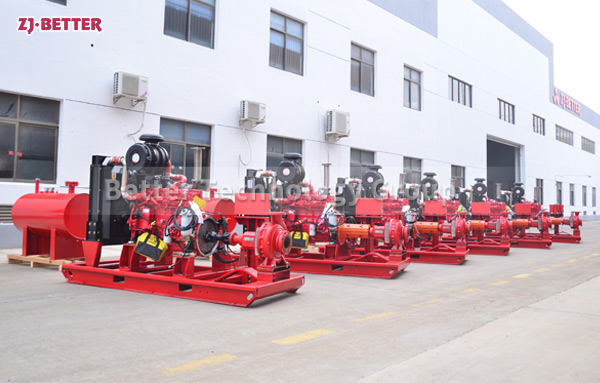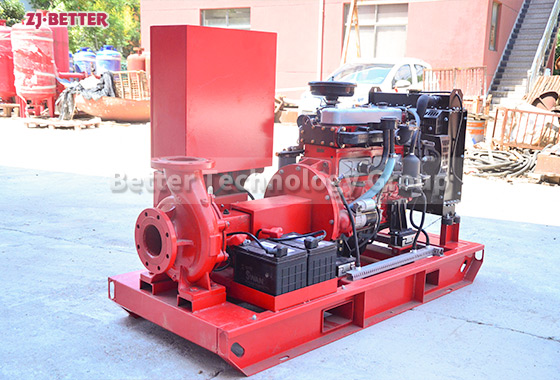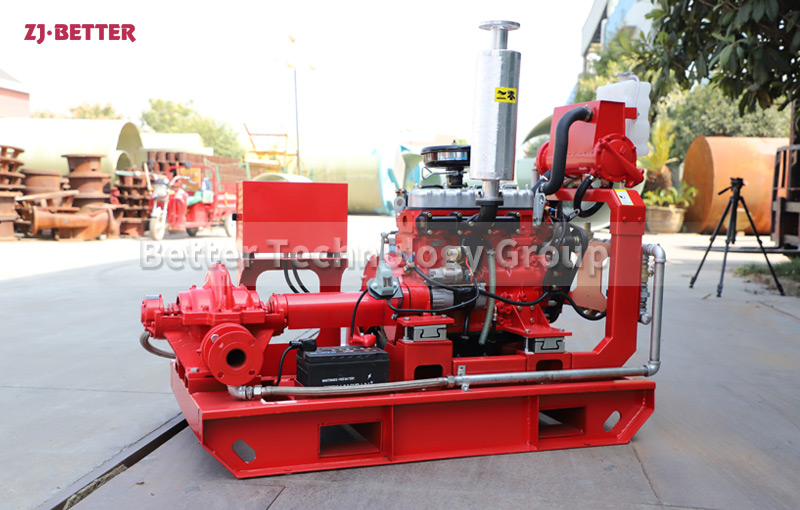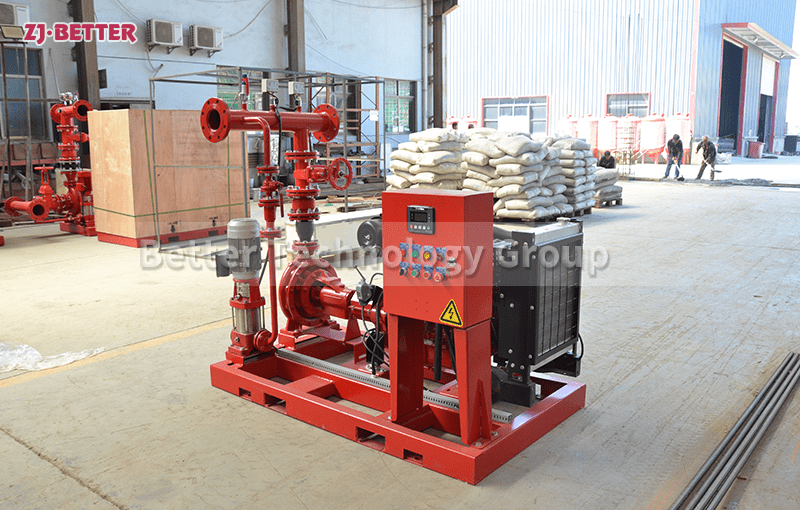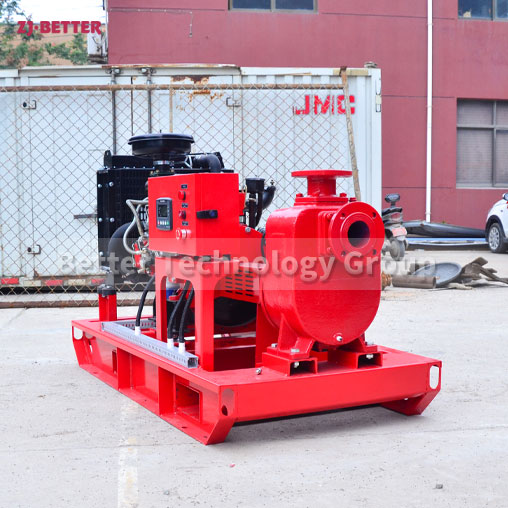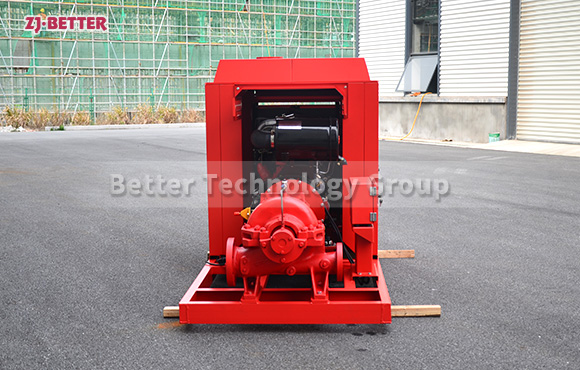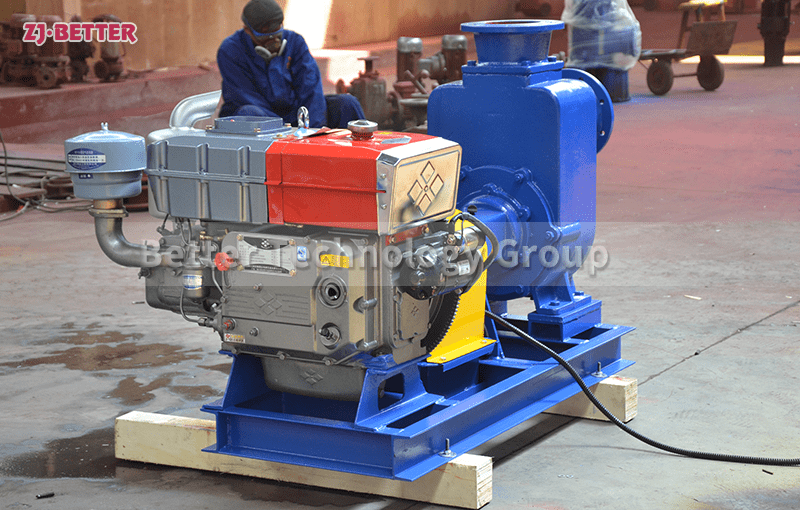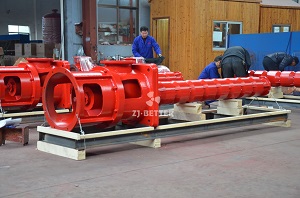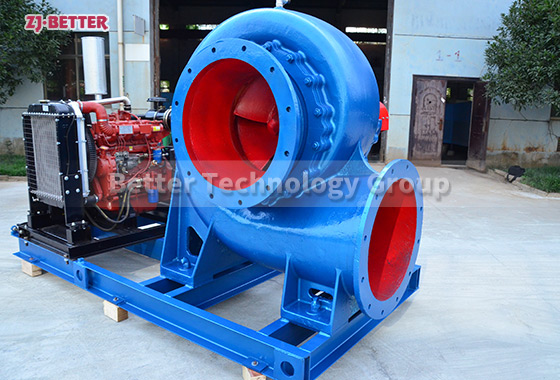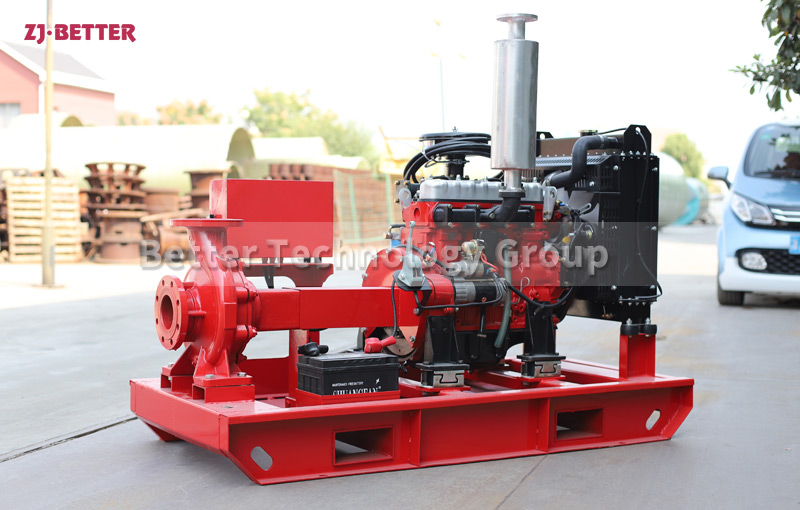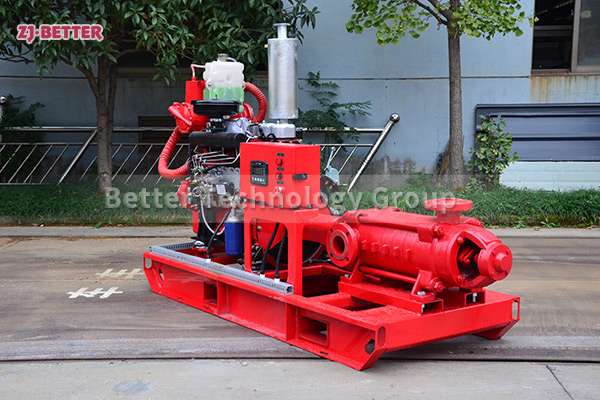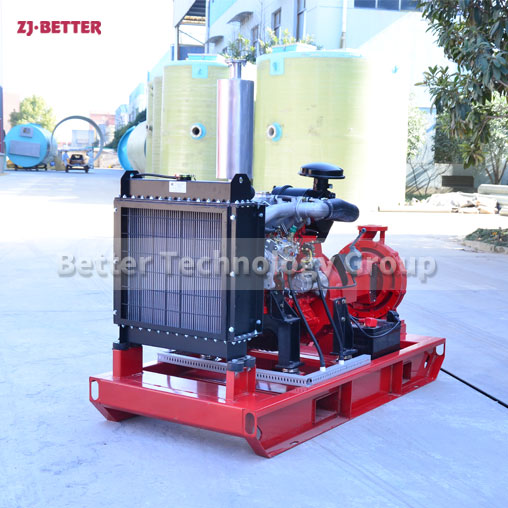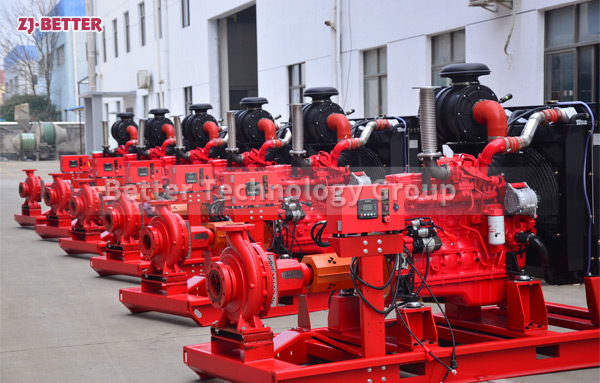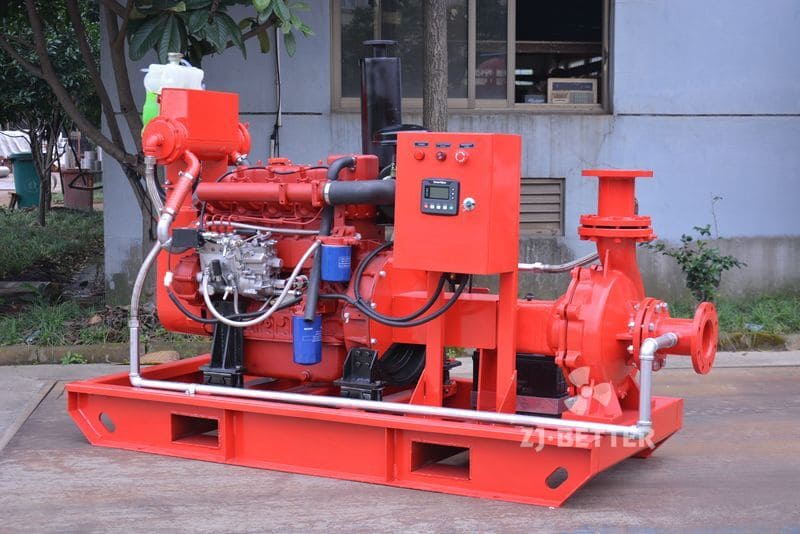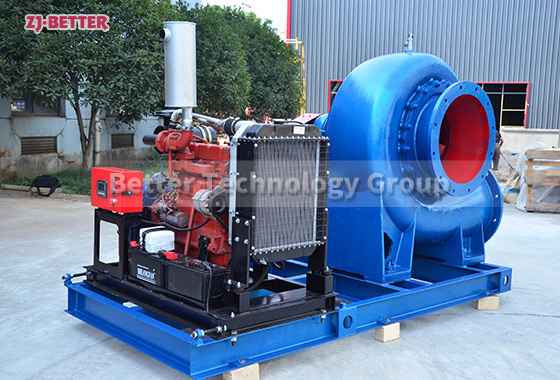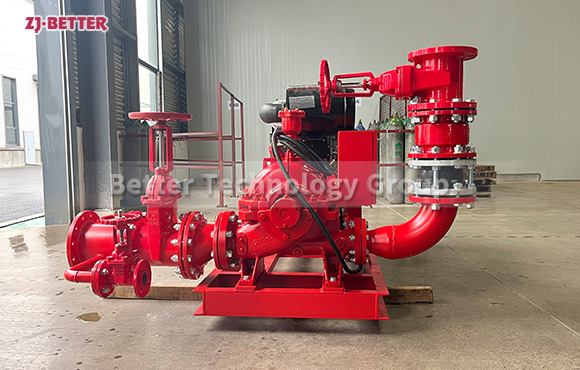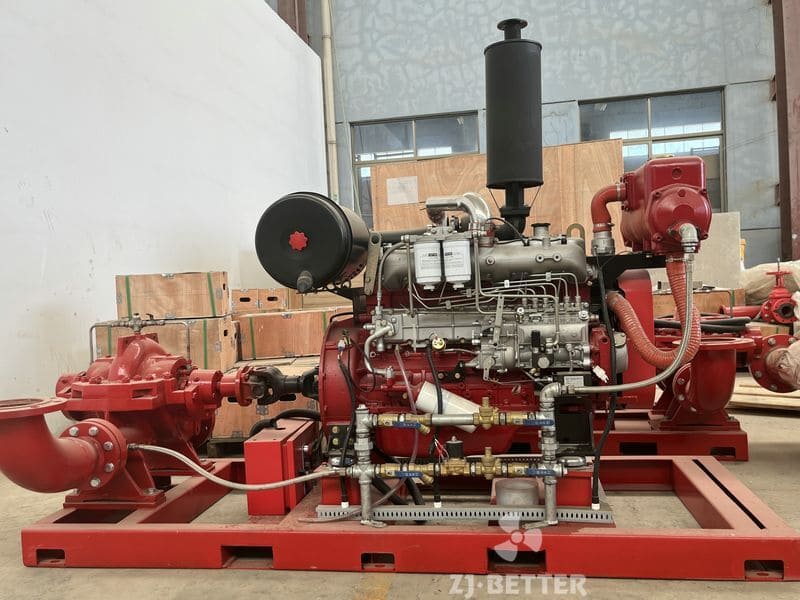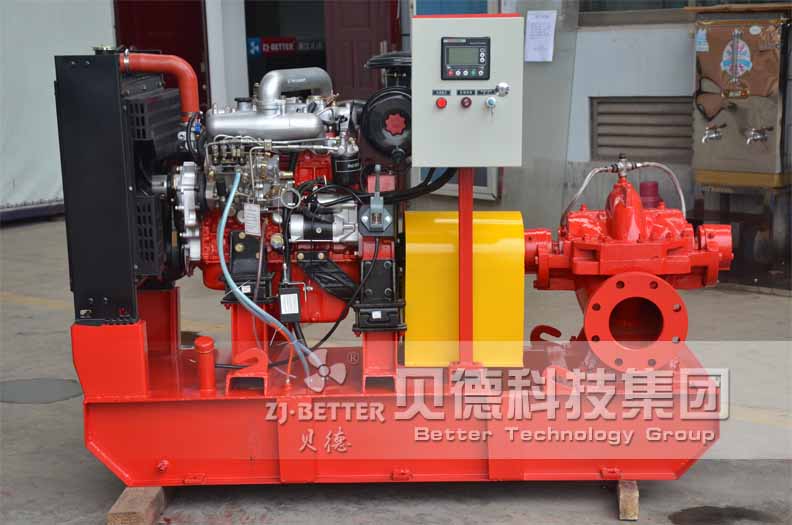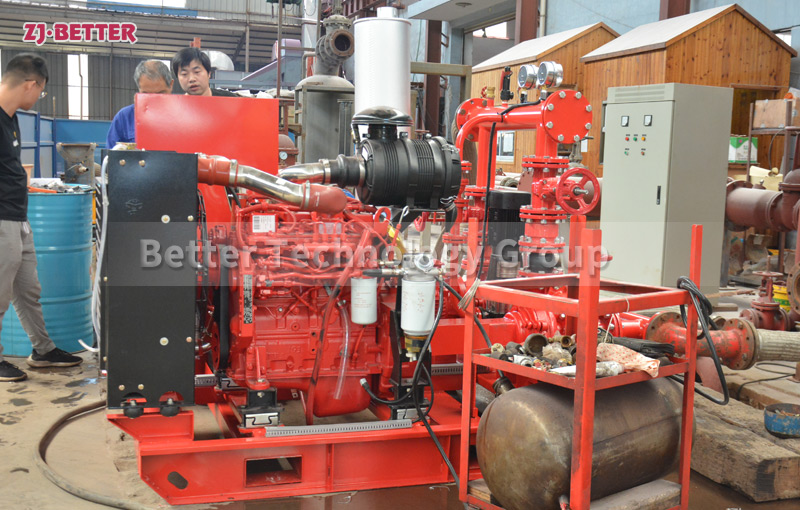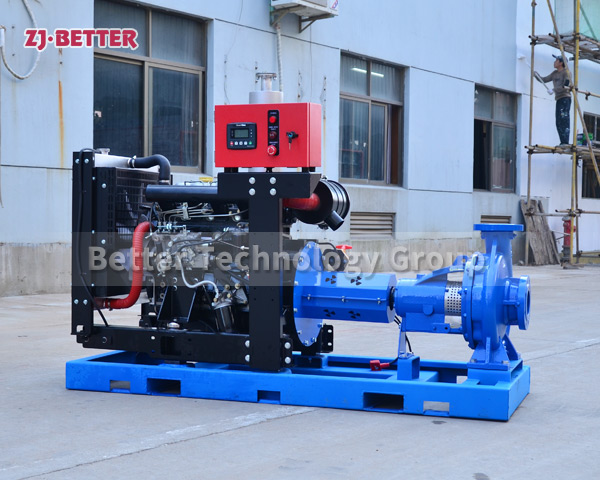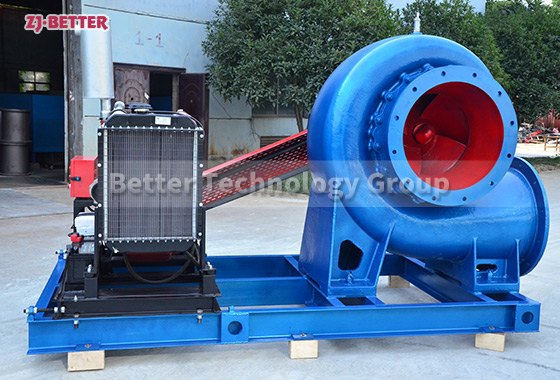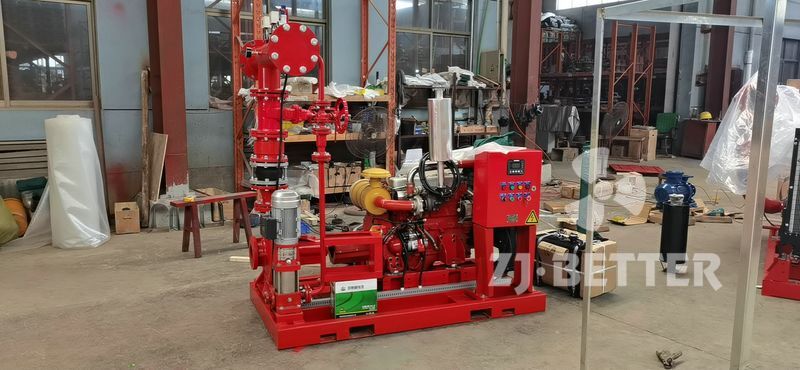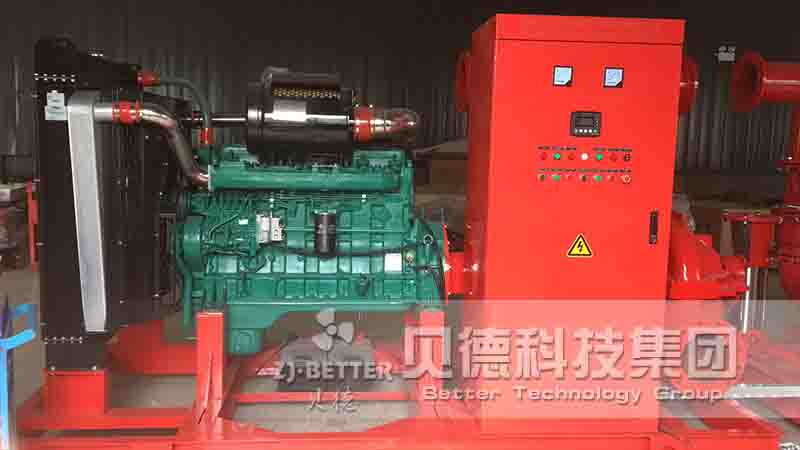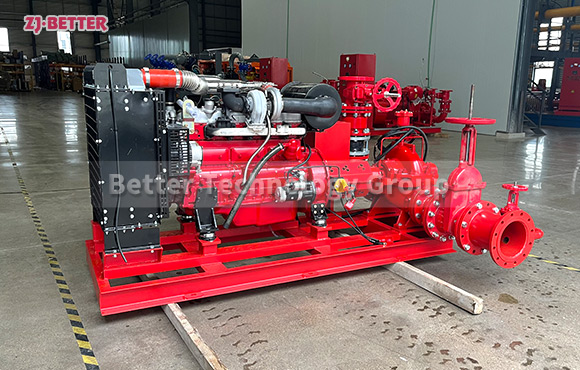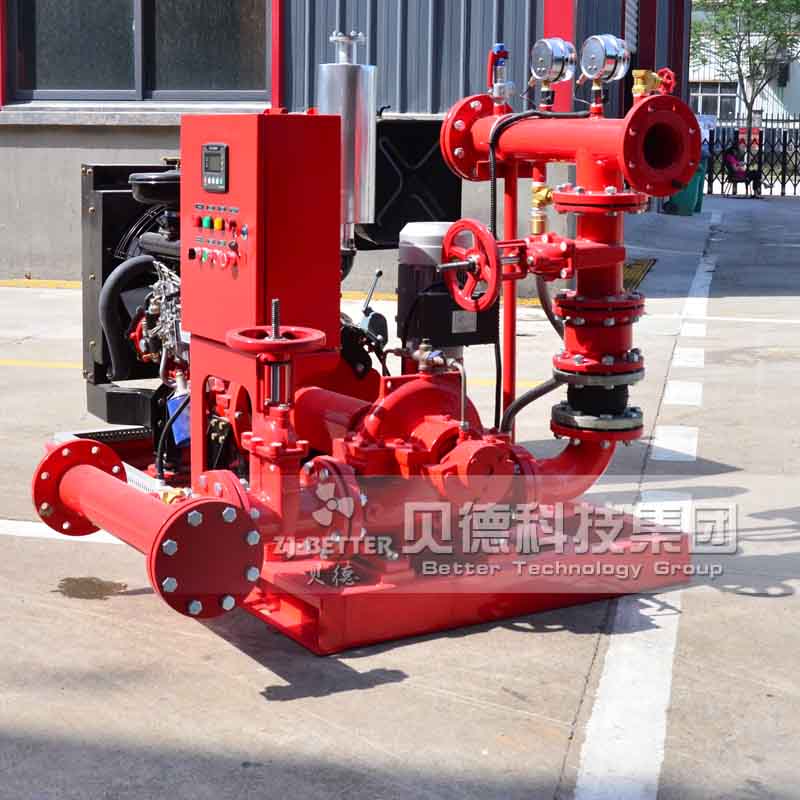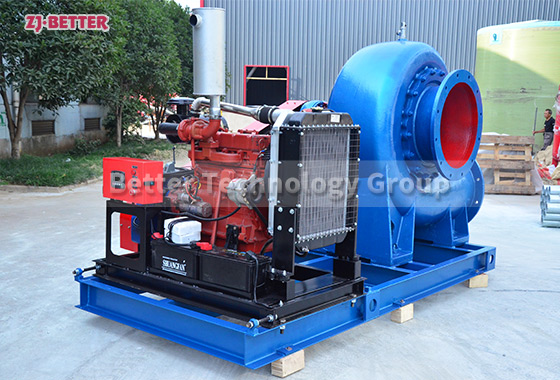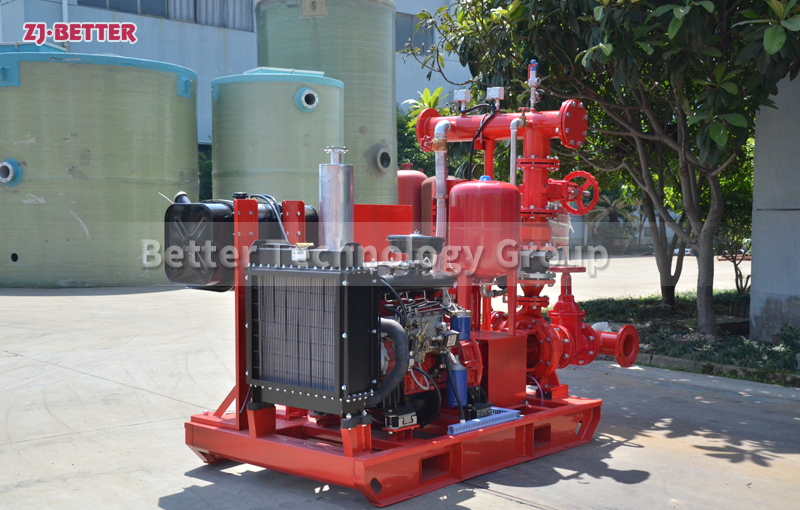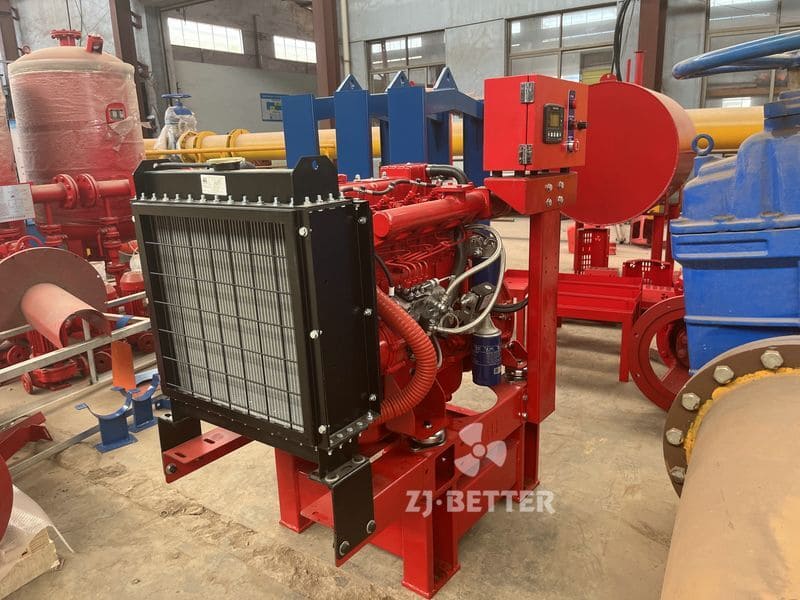Diesel engine fire pump is easy to install and maintain
Diesel engine fire pump has the characteristics of high efficiency, wide performance range, safe and stable operation, low noise, long life, convenient installation and maintenance, etc. This diesel engine pump set can transport clean water or other liquids whose physical and chemical properties are similar to water. It can also be used to transport hot water, oil, corrosive or abrasive media by changing the material of the pump’s flow parts, sealing form and adding a cooling system.
Electric fire pumps can provide fire water supply for general occasions. Diesel engine fire pumps need to be aimed at large flow, high lift fire water material supply occasions, and have good characteristics for the starting system of diesel automobile engines, fast start-up development speed, and strong overload capacity. , no need to run standby, energy saving is effective. Diesel engine fire pumps have complete performance and a wide range. Single-stage single-suction pumps, multi-stage single-suction pumps, self-priming pumps, long-axis pumps and other pumps can be used, and they can also be used in combination and in parallel, with a wide range of flow and pressure. Diesel fire-fighting pumps are widely used in fire-fighting system water supply in various occasions of industrial and mining production enterprises such as data warehouses, docks, airports, petrochemicals, and power plants. The flow rate is large, the head is high, and the temperature of the conveying medium can reach 80°C.

